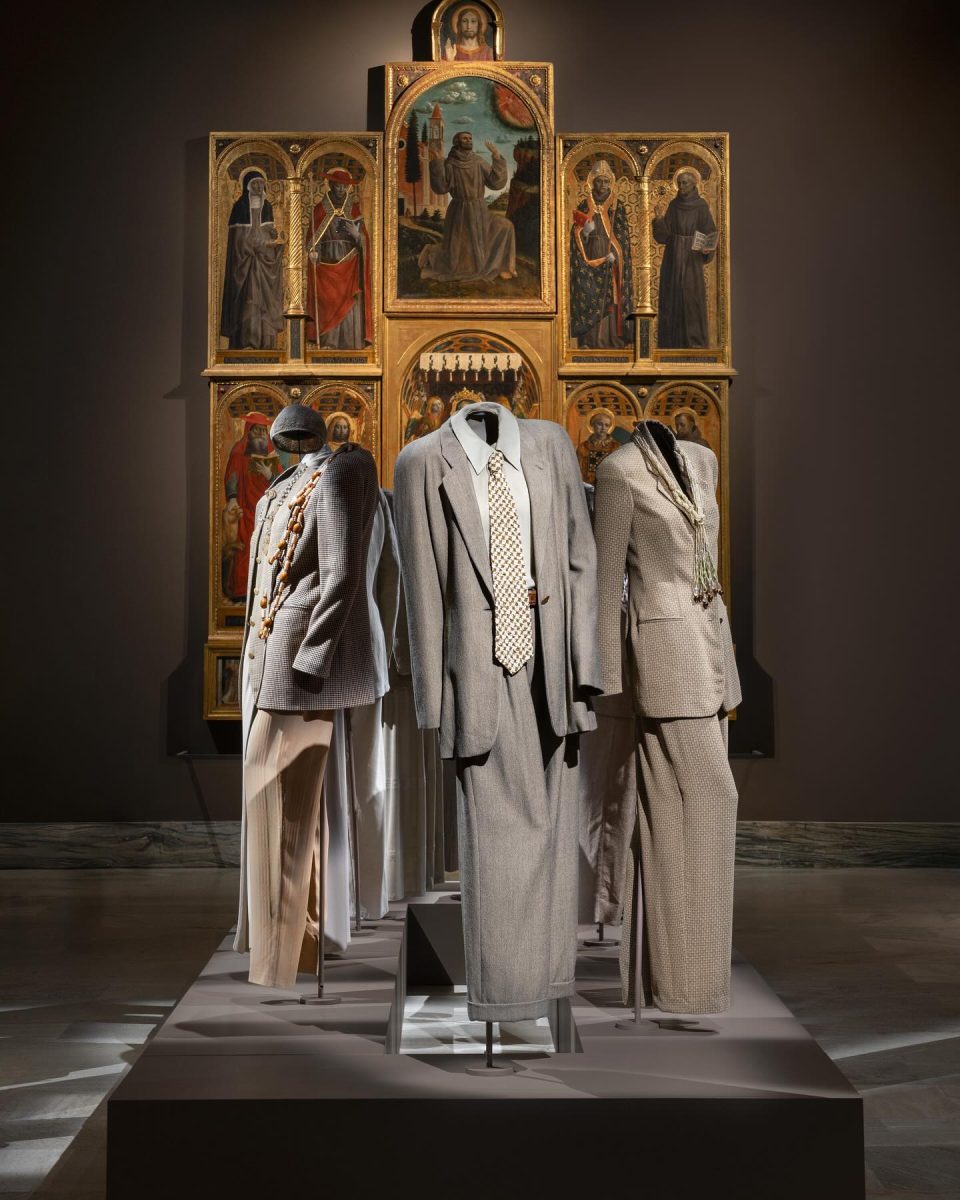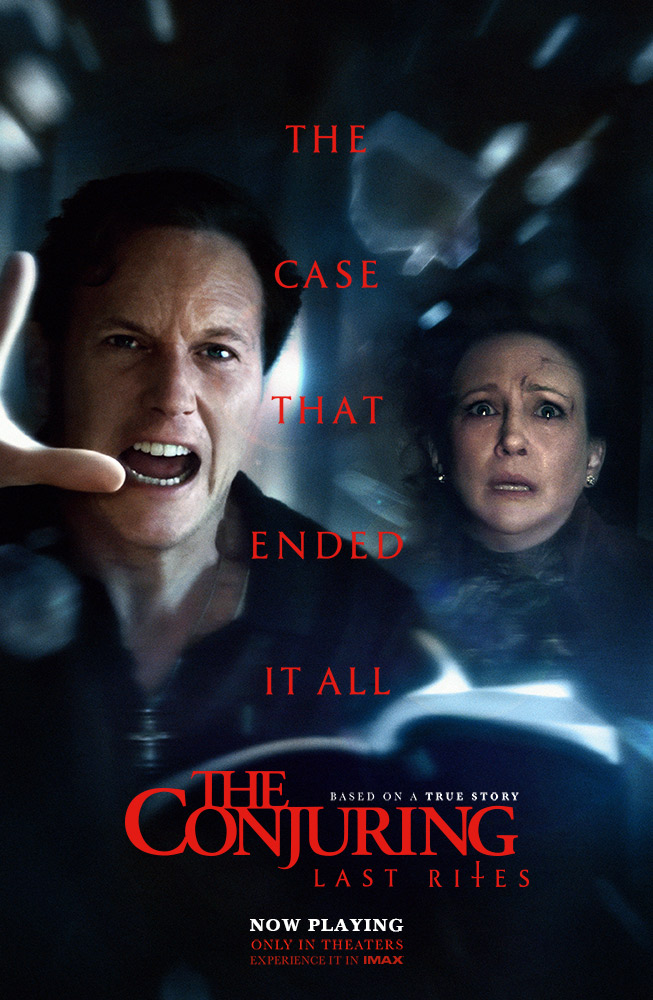March 8, 2024/Midnight
Erie Pa., — Are there any relations between fashion and politics? “The New Look,” a series produced by Apple, might offer audiences a glimpse into the complicated interrelation between French Haute Couture and political turbulence.
Set during the Nazi occupation of Paris, the series focuses on the tense feud between Christian Dior (Ben Mendelsohn) and Coco Chanel (Juliette Binoche), two prominent designers who crafted the zeitgeist of 20th-century fashion.
The first episode opens with a conference in 1955, where Coco Chanel announces a return to fashion after decades of living in exile in Switzerland. When a reporter asks Chanel about her awareness of Dior’s speech at Sorbonne University, she replies by stating that she is “blissfully unaware.”
From the very first scene, audiences can quickly grasp the rivalry between Chanel and the emerging young designer, Christian Dior. The whole plot then rewinds to the 1940s when Paris was still under the occupation of the Nazis. From there, the series attempts to explain the intricate relationship between the two designers, intertwined with current social and political conflicts.
Dior is depicted as a fragile dreamer who designs dresses for German officials’ wives to sustain his life. As a Frenchman and the brother of Catherine Dior (Maisie Williams), a member of the French Resistance, Dior shows hesitation in working for the enemy.
The story delves into Dior’s moral conflict as he tries to sustain his life without being a traitor to his country. On the other hand, Chanel takes a less compromised approach as she utilizes Aryan laws to regain her business from the hands of her Jewish partners. Their feud stems not just from differing fashion views but also from their moral responses to the war.
The title of the series, “The New Look,” refers to the iconic silhouette that put Dior’s name on the map of modern fashion. The title comes from a collection that debut in 1947, featuring cinched waists and full skirts. The collection is an official resurgence of mid-century feminine aesthetics after years of wartime austerity.
Nevertheless, the series employs minimal effort to explain what made Dior and his creation important to fashion history or how Chanel became a successful fashion entrepreneur. Although the contrast between war’s brutality and the fragility of art can lead to an excellent plot, the series seems to overlook this potential.
With a total duration of more than 10 hours, every event of the storyline is processed in an overly sluggish manner. Despite the promising plot, the context provided by WWII was abandoned after three episodes, and the storyline started to gear toward fashion dramas that occurred between the two designers.
As a biographical drama, the series does not provide any in-depth investigations into the cultural legacy of two important names in history or what set them apart. The moral struggles of the two characters are vaguely depicted just through a few short lines. The series presents Dior as a light-hearted, fragile dreamer who was forced to work for the Nazis, but his unwillingness is rendered into nothing more than just some short dialogues and trivial scenes.
In the same manner, Chanel was presented as a selfish and sometimes hypocritical woman but never overly prejudiced (despite taking advantage of the Aryan laws to seize the business from her Jewish partners). The fellow designers and the circle of Paris upper class, rendered via Cristobal Balenciaga and Pierre Balmain, fall into the same category: Balenciaga is short-tempered, and Balmain is eccentric, and nothing beyond that.
However, some highlights could anchor the audience’s attention. As a biographical drama evolves around the fashion world, set design and costume are a plus point. Additionally, the first three episodes have done a good job of depicting a dreary Paris under the occupation of the Nazis.
On a certain level, “The New Look” successfully provides an overview of the intricate relationship between upper-class Parisians and the faithful resistance of the French youths. Some moments have effectively depicted the brutality of the war, such as when Catherine is kidnapped and tortured by the Nazis.
While it states the story is “based on a true event,” audiences should not take its historical information for granted. Reviews have pointed out the historical inaccuracy of the series, including Winston Churchill being constantly referred to by Coco Chanel in the first episode as “Sir Winston,” when, in fact, he was knighted in 1953. Thus, some events mentioned in the story might be far-fetched and might require multiple fact-checking trips.
Despite being inspired by the world of high fashion and Haute Couture; the series is more like a close resemblance to a fast fashion item: lavish on the outside but crafted from a loose bone with neglectful details. However, if you are unfamiliar with fashion history or just want to shift toward a fresher watch, “The New Look” might be worth a try.
The first season of the series is available on Apple TV, and the second season is under development.









